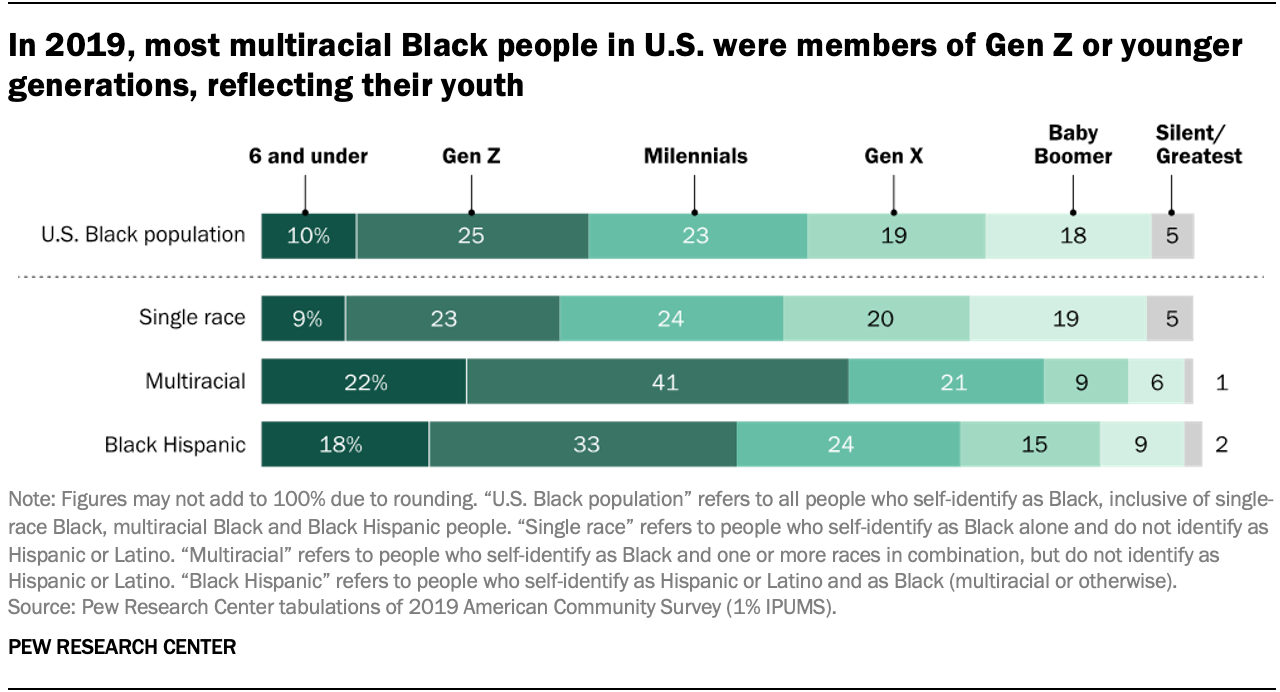

This category includes people who indicate their race as "American Indian or Alaska Native" or report entries such as Navajo, Blackfeet, Inupiat, Yup'ik, or Central American Indian groups or South American Indian groups.Īsian. A person having origins in any of the original peoples of North and South America (including Central America) and who maintainstribal affiliation or community attachment. It includes people who indicate their race as "Black or AfricanAmerican," or report entries such as African American, Kenyan, Nigerian, or Haitian.Īmerican Indian and Alaska Native.

A person having origins in any of the Black racial groups of Africa. It includes people who indicate their race as "White"or report entries such as Irish, German, Italian, Lebanese, Arab, Moroccan, or Caucasian.īlack or African American. A person having origins in any of the original peoples of Europe, the Middle East, or North Africa. Percentages for the various race categories add to 100 percent, and should not be combined with the percent Hispanic. The concept of race is separate from the concept of Hispanic origin. Respondents may report more than one race. OMB permits the Census Bureau to also use a sixth category - Some Other Race. OMB requires that race data be collectd for a minimum of five groups: White, Black or African American, American Indian or Alaska Native, Asian, and Native Hawaiian or Other PacificIslander. People may choose toreport more than one race to indicate their racial mixture, such as "American Indian" and "White." People who identify their origin as Hispanic, Latino, or Spanish may be of any race. In addition, it is recognized that the categories of the race item include racial and national origin or sociocultural groups. Office of Management and Budget (OMB), and these data are based on self-identification.The racial categories included in the census questionnaire generally reflect a social definition of race recognized in this country and not an attempt to define race biologically, anthropologically, or genetically. Census Bureau collects race data in accordance with guidelines provided by the U.S. The Race estimates of the population are produced for the United States, states, and counties by the Population Esimates Program and the race estimates of the population are produced for Puerto Rico, muncipios (county-equivalents for Puerto Rico), places, zona urbanas and comunidades (place-equivalents for Puerto Rico), and minor civil divisions by the AmericanCommunity Survey. Census Bureau, American Community Survey (ACS). Census Bureau, Population Estimates Program (PEP). Our charge for 2020 is to remain committed to the best practices in ending homelessness, and to remain resolved to addressing the systems that cause people to become homeless.Data item: Black or African American alone, percent "It is the fault of systems that have failed our most vulnerable populations, and leaders who have failed to protect them. "This isn't the fault of the homelessness sector, and it is not the fault of people experiencing homelessness," Roman said. About 21% of African Americans live in poverty - nearly 2.5 times the rate of whites, the organization said. The organization's research found that poverty was a strong predictor of homelessness, and noted that African American households are much more likely to experience poverty than their white counterparts. Now is the time to get serious about funding them to scale." "Now is not the time to abandon the practices that drove those results. "This year's report is as an urgent call to action to federal, state, and local leaders," Nan Roman, president and CEO of the National Alliance to End Homelessness, said in a statement in response to the report's findings.


 0 kommentar(er)
0 kommentar(er)
